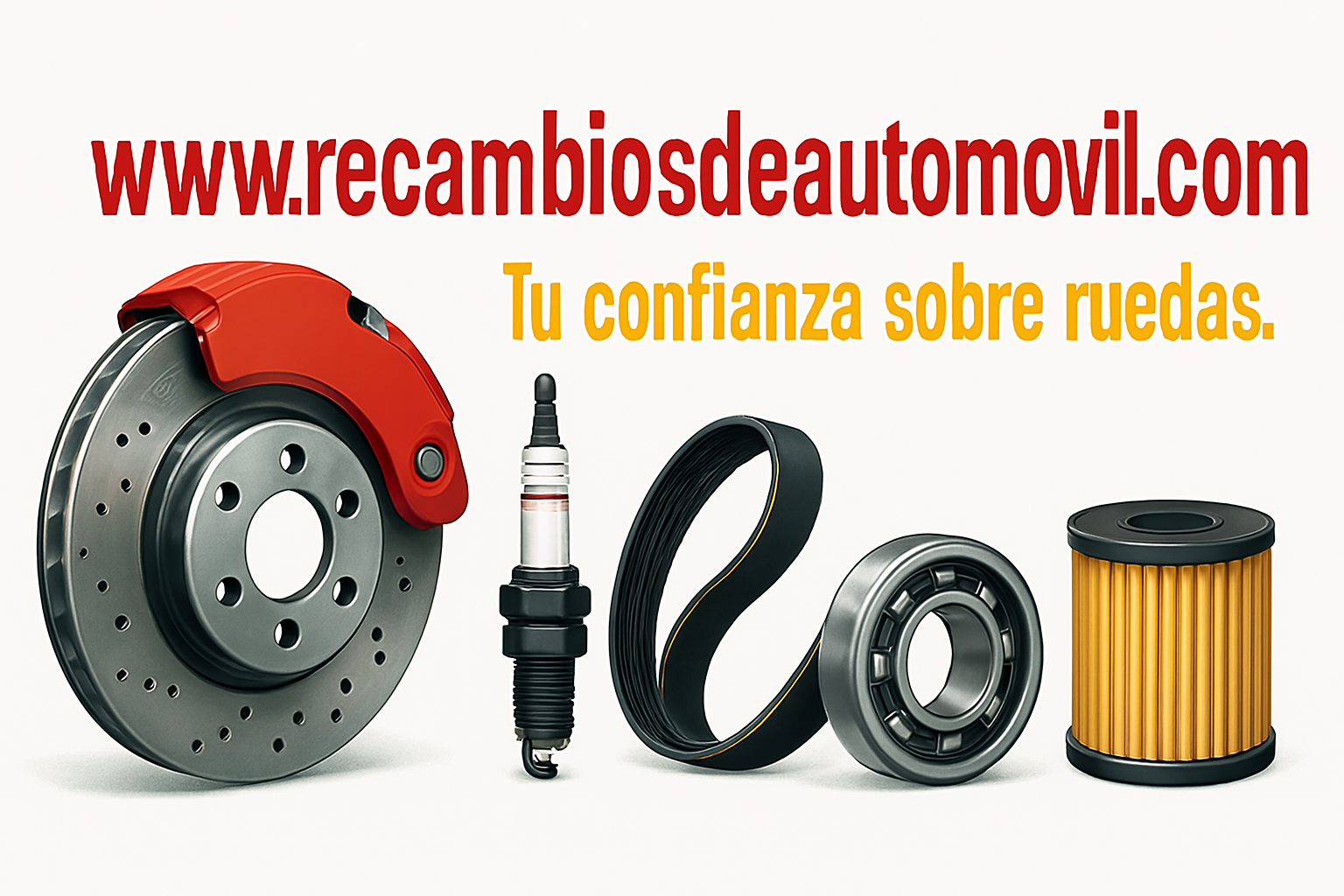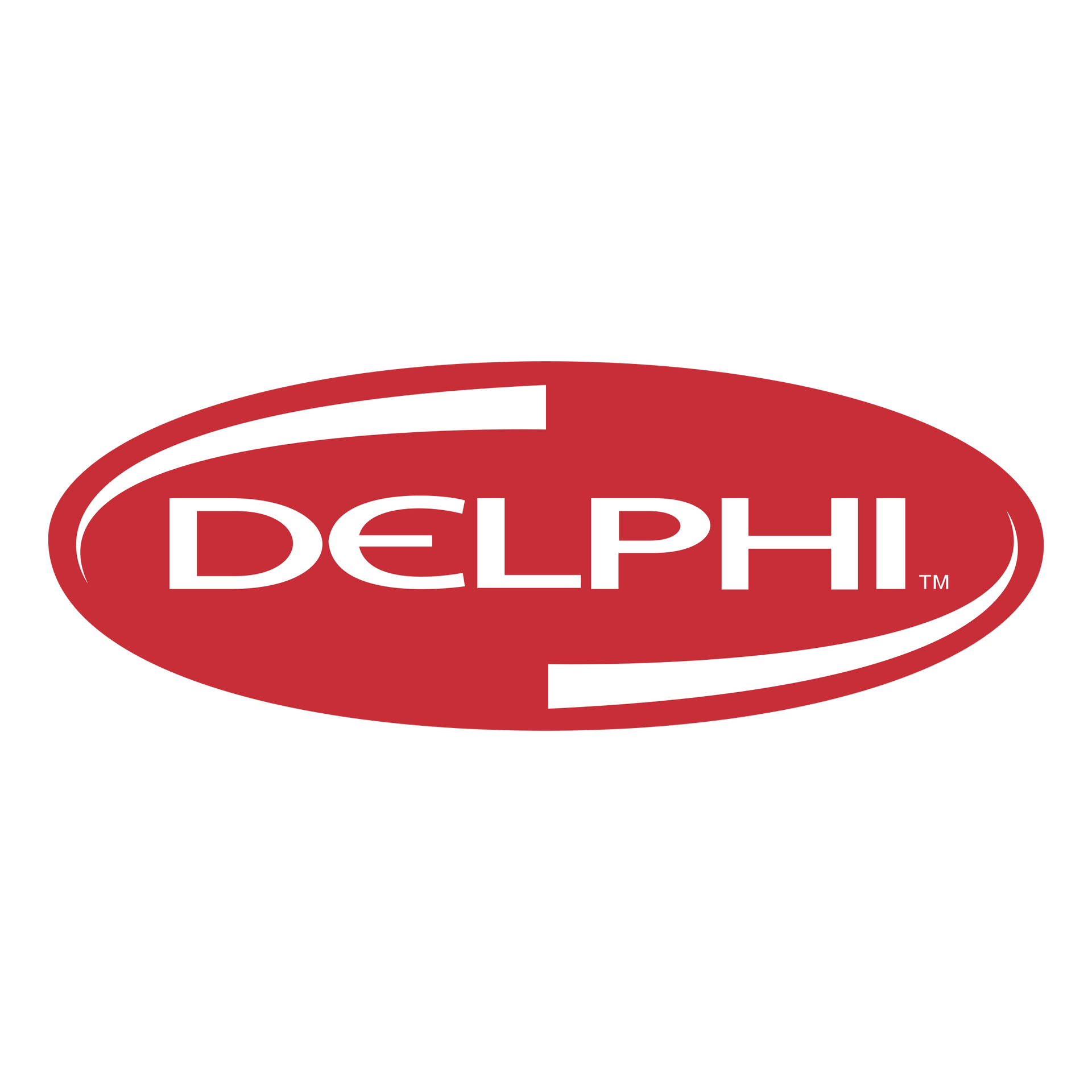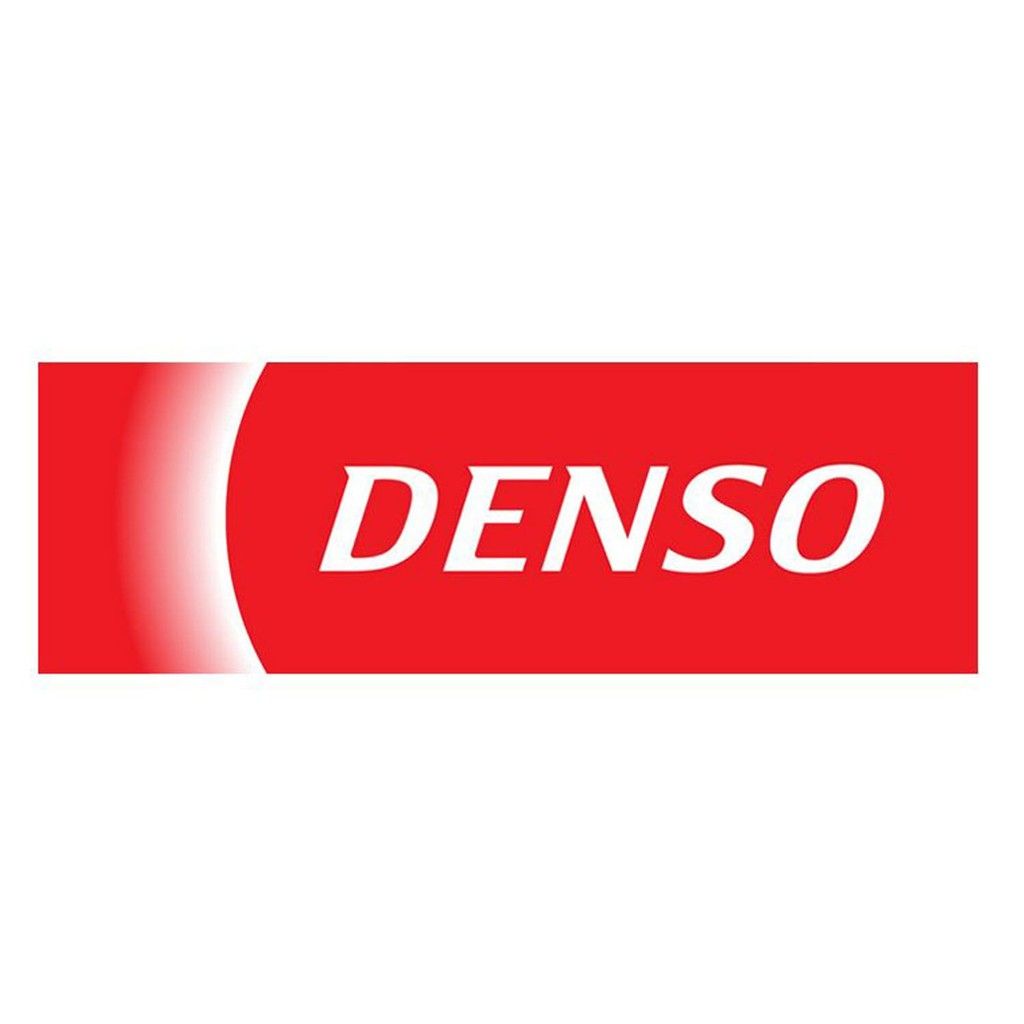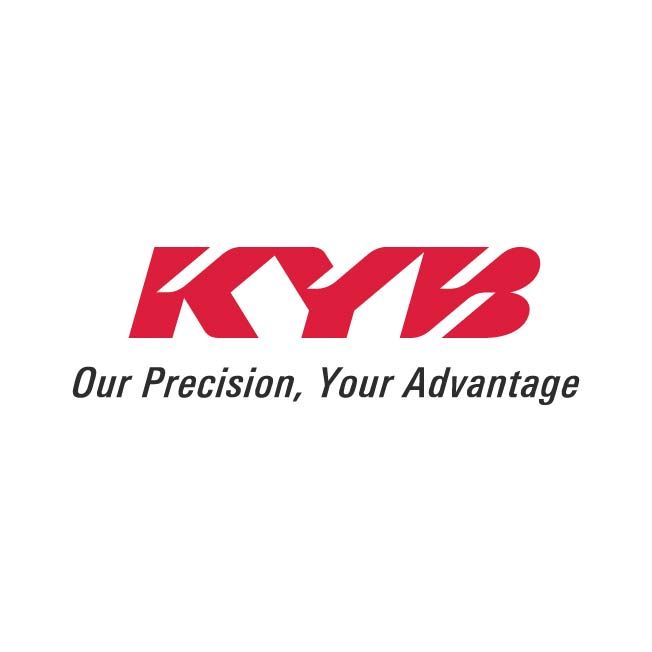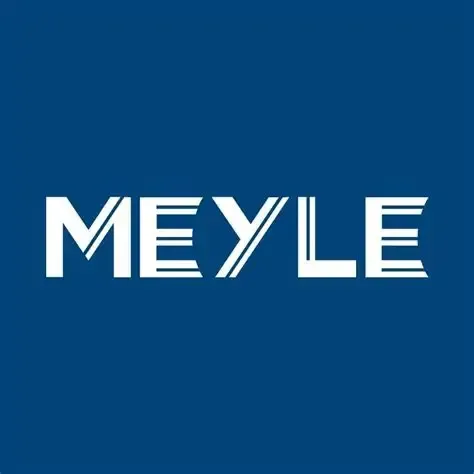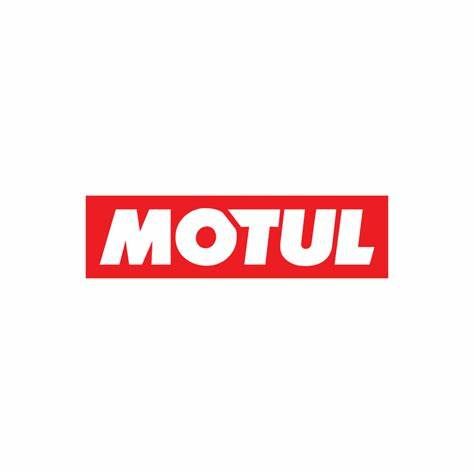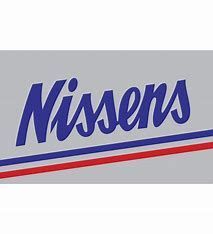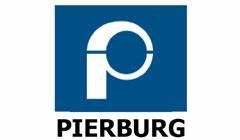







Pierburg Technology
Electronic control and efficiency for the intake system
The story of Pierburg begins in 1909, in the city of Berlin, Germany, as a trading company dedicated to the import of steel. However, its definitive transformation came in the 1920s, when it turned to the production of carburetors, becoming one of the Leading suppliers of fuel blending technology for internal combustion engines.
During the second half of the 20th century, Pierburg established itself as one of the European benchmarks in air and emissions management, developing components such as:
- EGR valves (exhaust gas recirculation)
- Electronic vacuum pumps
- Intake gates
- Pressure sensors and actuators for modern engines
Thanks to your technical precision and commitment to efficiency, Pierburg has gained the trust of manufacturers such as Mercedes-Benz, BMW, Audi and Volkswagen.
Today, Pierburg is part of the group Rheinmetall Automotive, and focuses on solutions for:
- Cleaner and more efficient engines
- Emission reduction and combustion optimization
- Components for hybrid and electric vehicles
From its humble beginnings as a steel importer to becoming a leading brand in automotive technologyPierburg has shown that Engineering not only drives engines... it also transforms the future of mobility.
Pierburg products are innovative components and systems for internal combustion engines that reduce emissions and improve performance and efficiency. Pierburg offers solutions for intake pressure and airflow control, exhaust gas recirculation, fuel tank insulation, and idle speed control. Pierburg is a leading supplier to the automotive industry, with extensive experience and a global presence. Some of Pierburg's most notable products include:
- Fuel tank isolation valve (FTIV): This is a normally closed valve that can be opened electrically upon request from the vehicle's control unit. It is equipped with a mechanical bypass function to balance the pressure inside the fuel tank in the event of overpressure or underpressure within the tank.
- Throttle body: Controls the pressure in the intake manifold depending on the need for exhaust gas to enter the engine cylinders. The throttle opening is controlled by an actuator based on information from the ECU regarding the accelerator pedal position. Newer throttle body variants follow modern trends by using plastic housings.
- Low pressure exhaust gas recirculation valve (EGR LP): Used in turbocharged internal combustion engines in addition to high pressure exhaust gas recirculation. The exhaust gas is diverted downstream of the turbocharger and the diesel particulate filter, which is returned upstream of the compressor and then to the cylinders. The new LP EGR variants follow modern trends by using plastic housings.
- EGR Module: An EGR module consists of a EGR valve, an exhaust gas intercooler, and optionally a bypass flap. The main advantage of combining these components in a single unit is its low installation space requirements. The bypass flap allows for the optional use of the intercooler. During a cold start, the intercooler is shut off due to the rapid warm-up of the engine and the catalytic converter to optimal temperature.
These are just a few examples of Pierburg products that contribute to improving the performance and environmental sustainability of modern engines.
















